Connecticut fishermen become reluctant fighters to protect their waters against commercial fisheries.
I.
Ray Potkay knows how to trick a fish.
“It’s all about patience,” he tells me, reeling in the line with a learned slowness. He teaches me to pull up twice: once to yank the lure forward, again to pull it sideways, so that the striped bass thinks the fake fish is injured.
Potkay’s not a big talker. What he lacks in verbosity he compensates for in spunk: he has pierced ears, silver glasses, and a trim beard. He smokes a cigar while he fishes. He won’t call himself the best, but he does call himself “The Fabulous Fisherman” on Facebook, where he’s achieved microcelebrity status within Connecticut fishing circles.
“Don’t write about where we are, or else it’ll get blown up by everybody,” he tells me with dead seriousness. I’m trudging behind his rubber-booted footsteps down a winding forest path. In the parking lot behind us are his SUV, my handbag, and an array of crushed bottles. And before us, the Housatonic River unfurls into crystalline silver.
II.
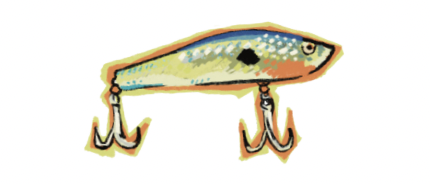
There’s something Whitmanesque about fishing, and it’s more than the stars and stripes emblazoned on Potkay’s pliers as he retwists the hook on his lure. Out on the water, it’s every man for himself. It’s tough. It’s American. It’s disproportionately dominated by middle-aged white guys posting pictures of themselves dangling giant mackerels on Facebook.
“It’s the greatest sport in the world,” says Pete DeGregorio, owner of Dee’s Bait & Tackle, a beloved New Haven fixture since 1954.
Potkay and DeGregorio are two among a dozen-something local fishermen whom I talked to over the past month. An almost-fanatical community, for decades, these individuals have called Connecticut’s nearly six thousand miles of shoreline, rivers, and streams home. They go fishing before dawn and past midnight; they chase wraithlike herring and savage bluefish; they spend months finding the best places to fish, and the rest of their lives keeping them secret from other fishermen.
“I mean, it’s just a euphoric time,” says Randy Boyer, a DJ-turned-fisherman who runs his own lure-making business. “When you’re fishing, the world kind of melts away.”
Like many fishermen, Boyer learned angling—fishing with a rod and line—from his parents growing up. But today, a tangle of bureaucracy, legislation, and commercialization threatens the very spirit of recreational fishing and the local communities who sustain it. Massive Atlantic fisheries encroach on fishermen’s catches, driving once-abundant fish species to historic lows in Connecticut’s rivers. Angling—which has attracted intrepid fishermen to New England’s shores since the sixteen hundreds—now faces an uncertain future. And the latest generation of anglers must reckon with what’s worth fighting for and what legacy is worth preserving.
III.

Growing up, Kevin Job was the “fish kid.” When he was six, he saw a fly fisher returning from the sea-scuffed shore, holding a fat striper in his hands. This fly fisher taught Job the art of striped bass fishing: to throw the lure into a school of herring, to watch the herring scatter and the bass lunge for the lure instead.
Hook, line, and sinker, Job fell for fishing. With almost religious fervor, he searched for the best herring spots, the best time of day to fish them, and the best season for fishing. He attended UConn to study fisheries—there, he cut class and skipped sleep to fish more. Spring became his “happy time,” when runs and runs of silvery river herring splashed through the rivers.
“People would go on vacations with their family, and all I did was fish,” Job tells me, stretching out the all like taffy. Twenty years later, sporting sunglasses, blue flannel, and a slight surfer’s drawl, the 34-year-old Job works as a fisheries biologist for the CT Department of Energy and Environmental Protection (DEEP). He’s eased better into the fish-kid persona.
We’re standing atop a seventeen-foot dam, talking over the roar of a waterfall. Here, a fishway guides newly spawned river herring—alewives in the fall, and blueback herring months later—from the quietude of the Branford Supply Pond into the Atlantic. Come fall, adult herring will migrate back in droves to the pond to spawn again. They serve as prey for striped bass, the “king of all fish,” according to DeGregorio, which are coveted all across the Atlantic.
But today, the fishway sits empty. In the past ten years, the dense herring runs of Job’s childhood have all but disappeared. Job estimates that there were ten thousand herring in this very fishway in 2013. So far, this year, the dam’s fish-counter has recorded twenty-three.
“This is literally my job to look for these [fish]. I go out at night, and I struggle to find them,” Job says. “It sucks. Like it’s really, really frustrating.”
Over the past four decades, blueback herring populations in the Connecticut River have decreased from six hundred twenty-three thousand to just over two thousand. Once-fanatical fishermen are reckoning with the disappearance of their favorite species. For Riefe Tietjen—a self-proclaimed “one-trick pony,” who spent thirty years perfecting the art of hunting infamously vicious bluefish—this meant finding new species to chase when bluefish “were just no longer around,” ten years ago.
61-year-old Dave LaFrance also recalls catching the bluefish which had swarmed the waters of Lighthouse Point since he was a 14-year-old boy. “Then three years ago, they vanished,” LaFrance told me.
He’s not the only one missing their favorite catch. As Job and I talk, an osprey dives down from the tree, then swerves up, talons empty.
“In theory, he should have a nice silver fish in his talons,” Job says, craning his neck to watch the bird dip back into the horizon. If he’s lucky, Job explains, he might resurface with a pre-hatched trout placed in the pond by the state. But there’s no herring on the menu today.
The heyday of Connecticut’s fishing was in the nineteen-seventies and eighties, I’m told again and again, when anglers chased fish freely and plentily.
Now, the most dedicated fishermen on the shoreline—including DeGregorio and Tietjen—are getting older. The generational gap haunts younger people growing up on the water, many of whom have never seen a migration of hundreds of herring, or know it existed at all. Job acknowledges his own 34-year-old age as a bit of an anomaly.
“How can you protect something if you don’t know it exists?” Job asked.
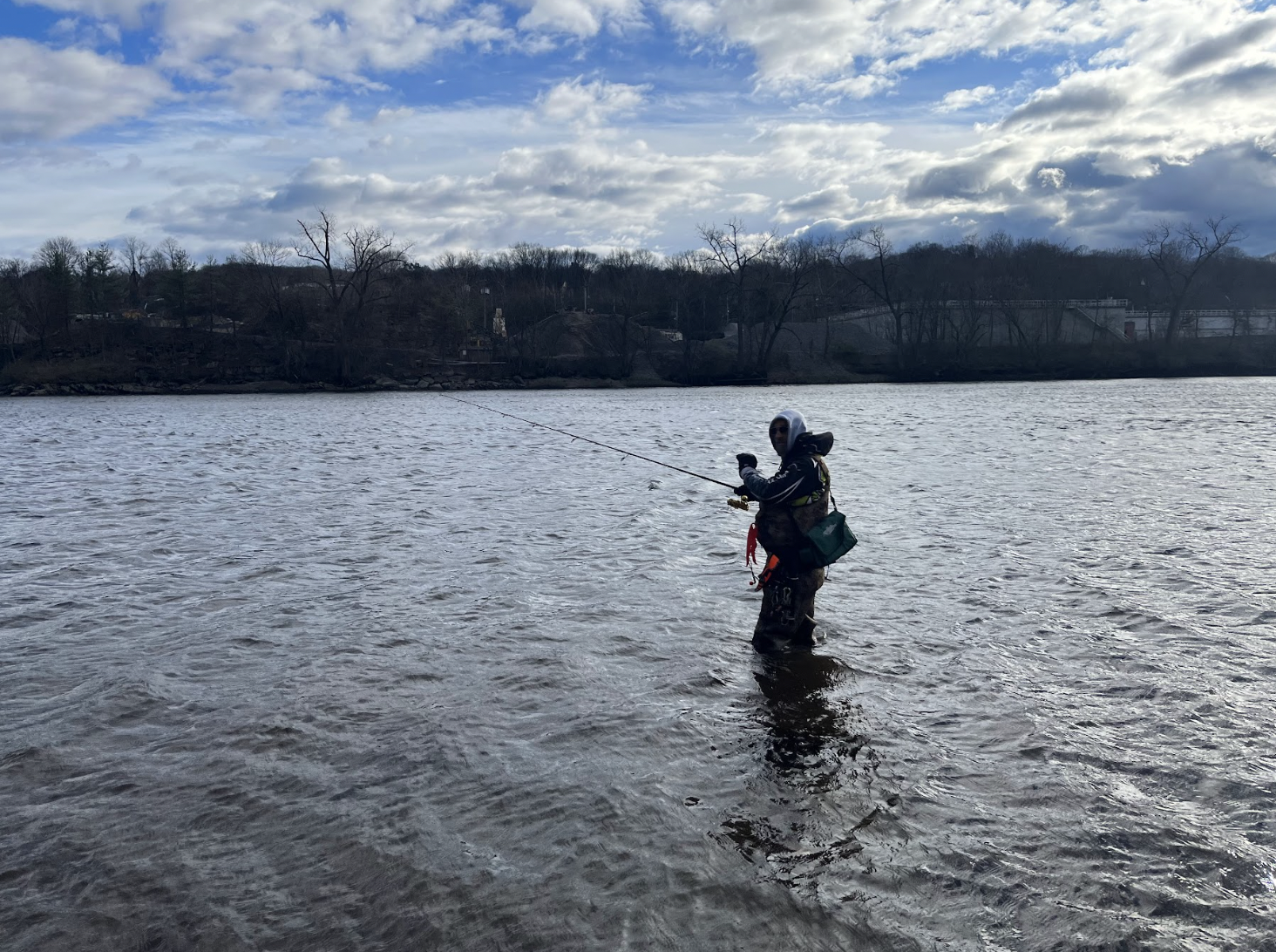
IV.
Since New England anglers first sounded the alarm on herring populations in the nineteen-nineties, the state has invested tens of millions of dollars into environmental cleanup and fishways connecting the river herring to freshwater sanctuaries. A complete ban on river herring fishing was instituted in 2002. Three years ago, the state even sponsored DEEP, where Job works, to place nine thousand pre-spawned fish into the Shetucket River in Eastern Connecticut.
But each time, the outcome is the same. Nine thousand fish come in to spawn. Nine thousand fish swim out to the ocean. And then the fish never return.
The culprit, lying just a couple miles away from shore, seems obvious to most private anglers. Enormously obvious. Massive commercial boats, towing miles-long nets along the Atlantic seafloor, snag river herring as bycatch—unintentionally caught wildlife—in their operations. Even though they target Atlantic herring and mackerel, any fish ensnared by their nets can be killed and sold for profit. Other times, when they’re over the poundage limit, they’ll toss smaller dead fish by the hundreds back into the ocean. In a four-year period, these trawls have caught an estimated 6.6 million alewives as bycatch in Southern New England.
“For every five thousand pounds of butterfish they caught, they swept over ten thousand pounds of bycatch,” DeGregorio says, shaking his head. “The slaughter is crazy.”
Eighteen years ago, DeGregorio inherited Dee’s Bait & Tackle’s brick-and-mortar storefront and loyal clientele from his father. A self-proclaimed family man and U.S. history buff, DeGregorio has been running this store like a relic of Melville’s America. He doesn’t use email or voicemail. He keeps a battered box of IOUs from customers to whom he’s lent supplies or money. Early customers get his attention by banging on the outside window (he responds by hollering back that they open at noon). As one customer told me, “It doesn’t get more grassroots than Dee’s.”
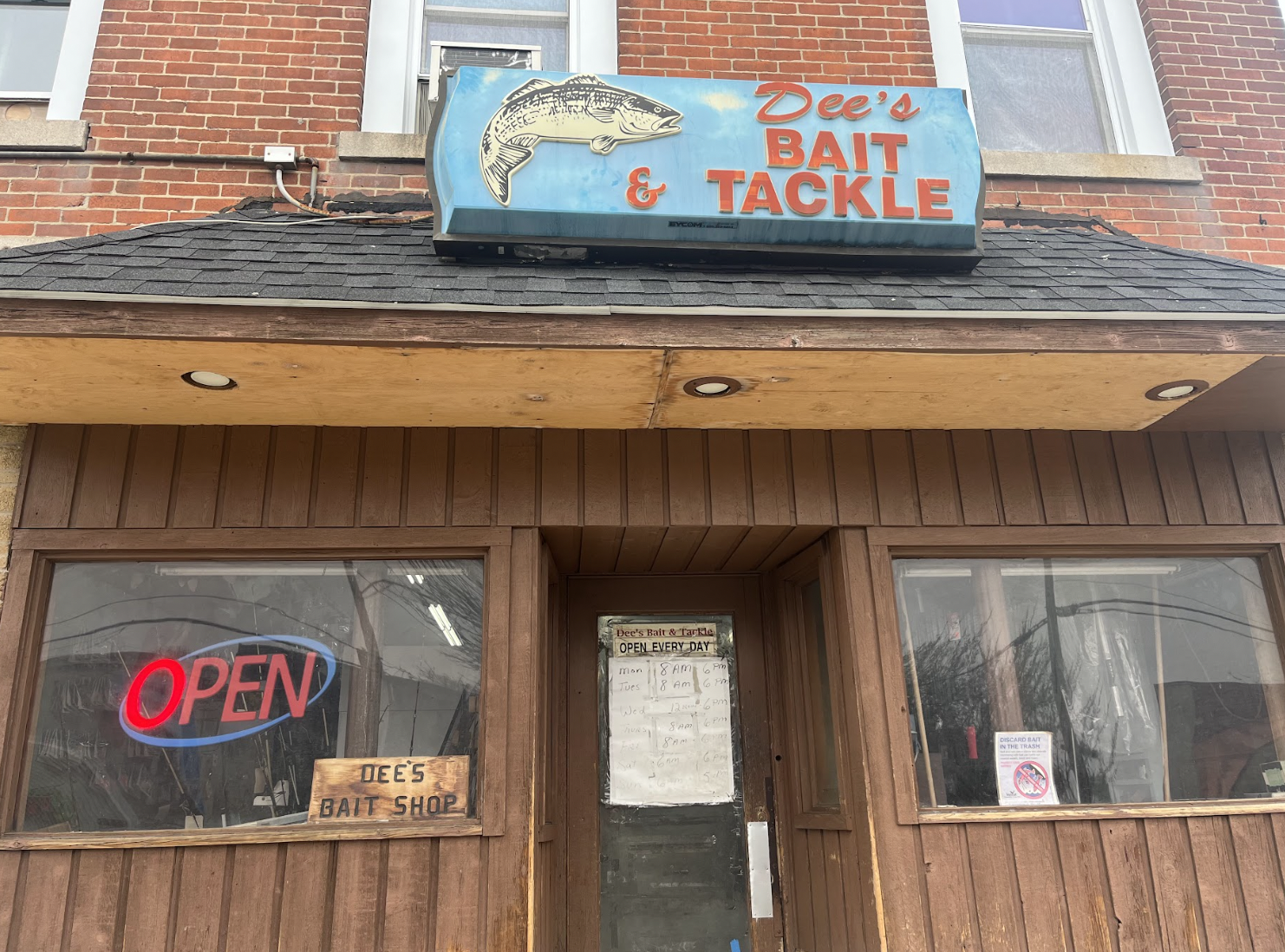
DeGregorio tells me the pilgrims came to America in response to two injustices: religious persecution, and that only the rich could fish the king’s waters.
While commercial fisheries, thanks to major lobbying clout, get off the hook with overfishing and bycatch, recreational fishing licenses are getting more expensive. Anglers need to purchase saltwater licenses, in addition to freshwater licenses, in addition to trout management stamps, in addition to government-issued rulebooks which lay out all of this. One of these rulebooks sits bound on DeGregorio’s counter at Dee’s Bait & Tackle, which he gestures to frequently and impatiently throughout our conversation. Over fifty pages of printed graphs, tables, and legends, the book describes the state’s response to declines in herring and striper populations, which includes new regulations on the size, place, time, number, and species recreational fishermen can catch.
Everyone I talked to had something to say about the extensive rule changes. They deter new families from picking up fishing, while the old guard is exhausted. Some are even deserting—one man I talked to cited fishing as one among a variety of reasons he was moving to Florida. Statewide, recreational fishing participation has declined by over fifty percent in the past three decades, from one hundred and fifty thousand people in 1990 to only one hundred thousand in 2021, according to the Census Bureau. What’s lost is not just people who fish: it’s the collective memories—taking their kids down to the coast, witnessing an ecosystem run vibrant with wildlife, sharing fresh catch and conversation with neighbors over dinner.
“I lost my culture,” Job said. “I mean, it’s gone. You have to work really hard to recreate what I used to be able to do when I was ten.”
V.
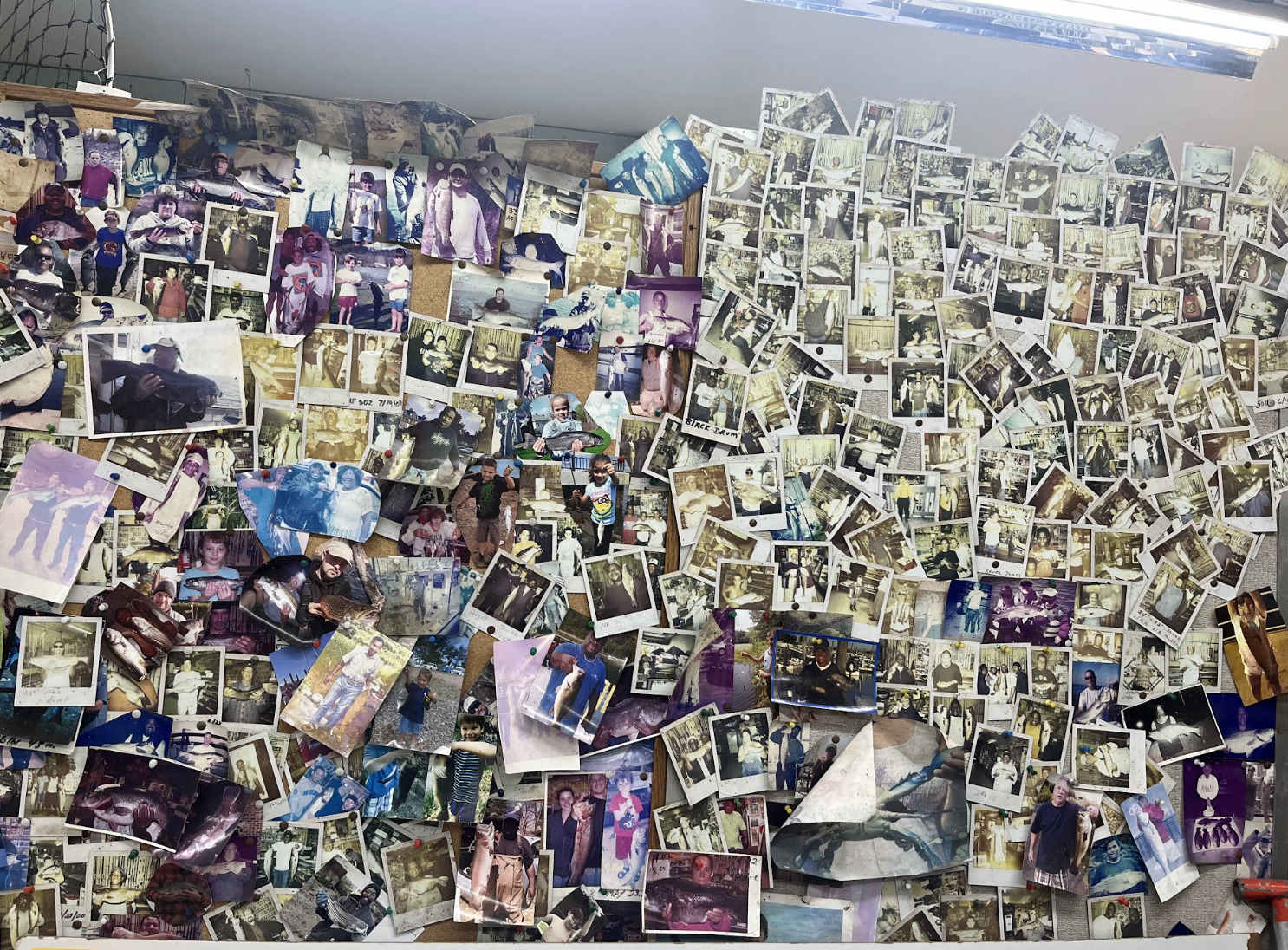
Job doesn’t think the problems will go away until regulations around commercial fishing change. But Toby Lapinski, lifelong angler and editor-in-chief of the national magazine Fishing Tackle Retailer, doesn’t think regulations will change until recreational fishermen go out and protest.
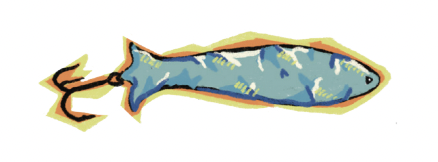
Lapinski recalled two January 2024 hearings by the Atlantic States Marine Fisheries Commission, where he was one of two appointed representatives for recreational fishermen. At the hearings, they discussed striped bass quotas after a severe population decline in the species. Of over one hundred thousand private anglers residing in Connecticut, just over fifty submitted written comments. Forty-one came to the in-person hearings; only nine of them were recreational fishermen.
Many of the fishermen I talked to were fast to complain about overregulation, but few had the time or desire to fight it.
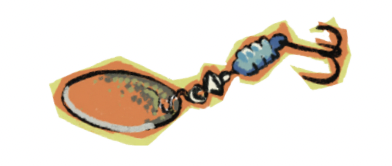
On one visit to Dee’s, I met a 70-something-year-old angler in a grey tracksuit. I asked him if he was interested in talking about issues in fishing.
“Nah, not really,” he said. The drive to New Haven was too far. I told him I could call him over the phone if he didn’t want to come down.
“Nah,” he said again. “Most of the time, if I’m at home, I’m fishing.”
That was hard to argue with.
“I’ve never been a fan of the ‘throw up your hands and walk away; it is what it is,’” Lapinski said. “But the private anglers definitely fall that way.”
DeGregorio recalled unsuccessful attempts from years ago to rally anglers statewide to attend town meetings—after weeks of planning, only four people showed up. Today, DeGregorio is tired. He tells me he’s been meaning to write to the commissioner expressing his grievances, but the store is always overrun with customers, and he hates using email.
For the fishermen on Connecticut’s shores today, their passions lie out on the water, not inside committee rooms. Meanwhile, the new generation is too young to remember the heritage they have lost.
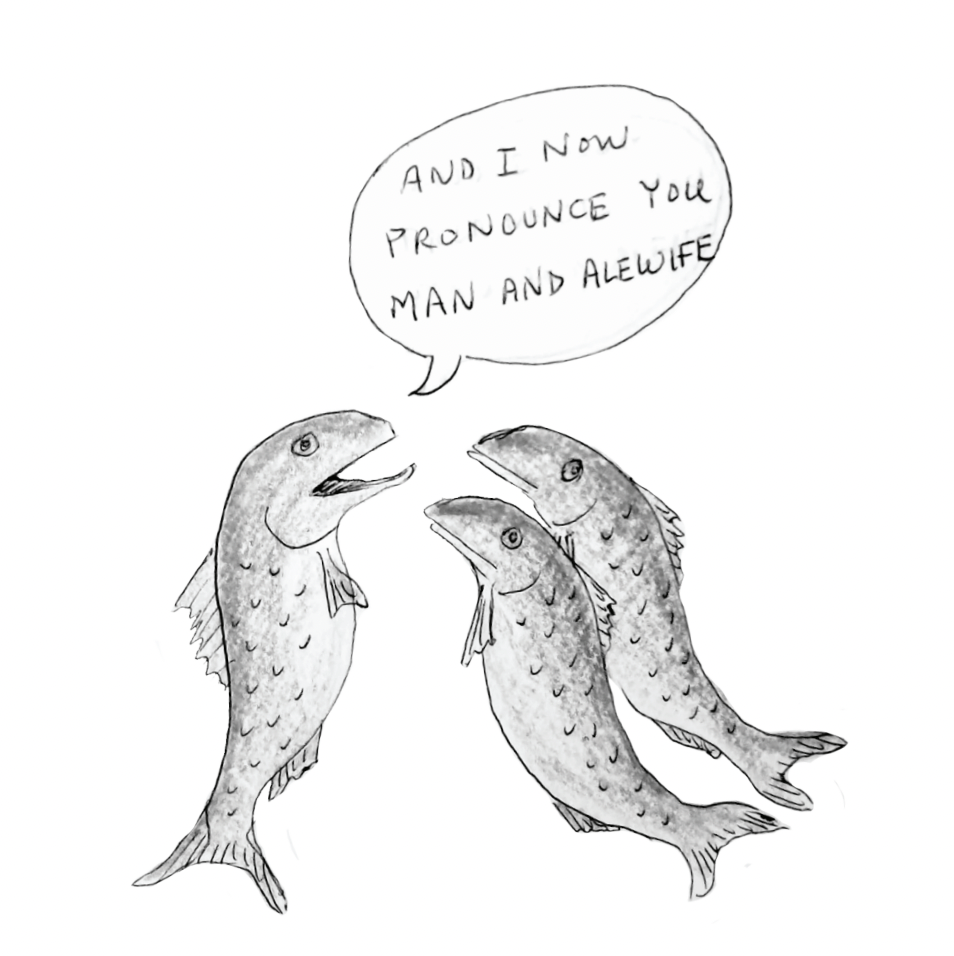
“Fish Wedding,” A cartoon drawn by
fisherman Peter Graves
“You have to remember something to appreciate it,” Job said. “I’m trying to put things out there, to get volunteers involved again, to try and have them remember these fish exist.”
Job is hopeful about Amendment 10 of the Atlantic Herring Fishery Management Plan, an upcoming negotiation on catch caps and limits on commercial fisheries. He’s relying on anglers to use their voices, but has also turned to birders, photographers, ecologists, long-time residents, and anyone who has a story from the water.
“It’s our inherent nature, as hunter-gatherers,” DeGregorio said. “Fishing is tradition. It’s a primordial instinct.”
VI.
Waist-deep in water, Potkay casts out his line. It whips over the river with a magnificent swoosh. Lure bag slung over one shoulder, orange fish-hooker clipped to his chest, rod extended and arms unmoving, he stands still like a lighthouse under the squinting sun.
Out here, I can understand why Boyer believes in karma. Fishing is man versus nature: Potkay says he’s been dragged down by the tide several times now, and someone else told me about their near-death ice-fishing experience. The only refuge these fishermen have is in each other.
“If I get a hook stuck in my finger, you’d have to help me pull it out,” Potkay warns me.
He hasn’t caught any fish today. Maybe there are fewer stripers in the river. Maybe it’s too windy. Potkay isn’t concerned about the former. For now, there are still fish in the ocean, and as long as they are there, I’m realizing, there are also avid surfcasters smart enough to catch them.

And still, Potkay fights to preserve fishing in his own way. I watch him wave for a younger fisherman to join him. The two of them stand shoulder-to-shoulder in the water, wind against their backs, throwing their reels toward the horizon together.
By the time we reach the parking lot, Potkay is noticeably more relaxed and talkative. He buys me a coffee. When my ride home is delayed, without hesitation, he starts clearing out the backseat of his car, where I sit for the next twenty minutes sandwiched between crates of fishing equipment on the way back to New Haven.
It’s strange to watch him, an ordinary person behind the wheel, without his enormous rubber boots, camouflage waders, and larger-than-life mythos. But if fishing is a kind of heritage, this, too, is it—to offer lifts to college students, to stand shoulder-to-shoulder bearing the same water.
VII.
After Job takes off in his pickup truck, carting a green oxygen tank behind him, to continue his fish-searching, I meet a lone fisherman on the bridge. His hook nose is flushed red with cold, glasses fogged up. His name is Peter Graves. He lives across the river. He caught his first pickerel in 1952. He has a PhD in microbiology and spent decades in virus and disease research.
Maybe this makes sense because he thinks fishing is an exercise in intellect.
“You gotta fool a fish, right?” he tells me. “You gotta be as smart as they are!”
When he tells me this, he pats me on the shoulder and lets out a laugh like a gently-rusted door hinge. Immediately, I decide I like him. We exchange names, then fish stories, then emails, and a promise to stay in touch.
I walk back to the dam and stand over the pooling water. I stare hard at how it passes through the fishway: turbulent on top, calm underneath. I imagine everything Graves and Job have told me, picturing runs of alewives thick like ribbons, flashing silver, and cerulean beneath my feet. In a moment so sharp I almost believe it, I see something twist beneath the water. Momentarily, it flashes, before it ripples into either memory or possibility.
– Samantha Liu is a sophomore in Grace Hopper College and Managing Editor of The New Journal.

